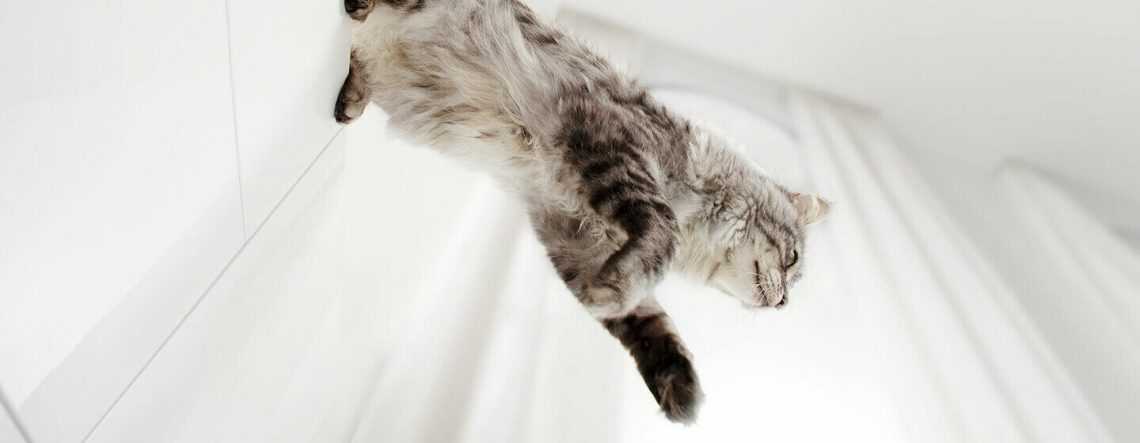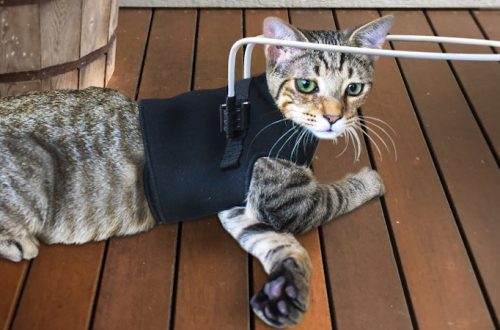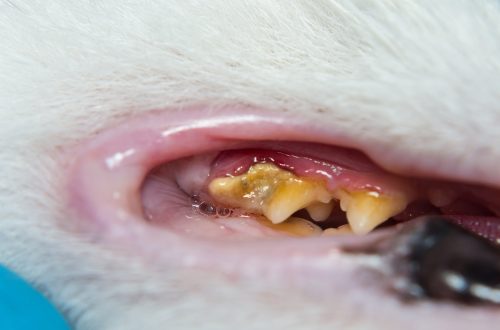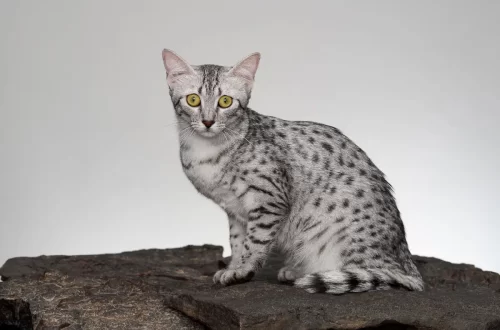
Does your cat love to jump? Teach her to stand firmly on her feet!
There is nothing forbidden in the world of cats: you can climb into a box, under a bed or on the very top of a chest of drawers. For a cat that wants to play, rest, hide or be curious, it’s just a game.
Cat privilege extends (so she thinks) to the topmost drawers of your closet, bookshelves, and even the top of your refrigerator. After all, a cat is a first-class jumper. She can easily overcome heights six times her height. According to the results of research conducted by The Journal of Experimental Biology, these animals jump well due to the length and muscle mass of the hind legs. The cat starts the jump from a deep squat, lifting its front paws off the ground even before a sharp straightening of the hind legs.
Despite the fact that the jumping ability of cats is amazing, the constant climbing of a pet somewhere under the ceiling can annoy the owners (and it is also dangerous, because, according to the authors of the Vetstreet portal, cats do not always land on their paws).
How to wean your pet from climbing high on furniture, jumping on shelves, drawers and other places in the house where her presence is undesirable?
Contents
Empty the shelves
Cats are naturally curious. A pen, a bunch of keys, fragile trinkets can attract the animal’s attention and make it jump up to examine the “toy”. Keeping the shelves organized will help to reduce your cat’s interest in places they don’t need to be. In addition, this way you can protect your belongings, because pets are known for their habit of pushing objects from a height, but the habit of taking a broom and a dustpan to remove fragments from the floor is not followed.
Remove food from the kitchen table
A cat’s sense of smell is much sharper than a human’s, so if she smells something tasty, she will definitely jump on the table to steal a piece. The stolen piece could be dangerous for her. If you keep the kitchen table clean by removing food and crumbs, she will stop wanting to jump on it. If your pet shows an increased interest in what you cook for dinner and constantly spins around the table, just lock her in another room until you finish cooking.
close the curtains
Cats love to jump on window sills and enjoy the view from the window. If you do not want your pet to jump on the windowsill, just turn off the cat’s “TV” – close the curtains. But leave at least one window for her, because cats love to look at life around.
Find a replacement
The play complex for the cat will provide the pet with the opportunity to jump, exercise and satisfy curiosity. Warm up the cat’s interest by changing her toys and hiding boxes, and throwing up crumpled pieces of paper for her to chase. Be creative! Tower houses are also great for jumping and climbing exercises. It is important not to deprive the cat of the opportunity to jump. The ability to jump is built into her DNA and inherited from her ancestors who had to climb trees to escape predators and hunt down prey before jumping. Having equipped a special place for jumping exercises, you can wean your pet from other places where her presence is undesirable.
Use double sided tape
Cats hate when duct tape sticks to their paws, and with this simple method, you can stop your cat from jumping where they shouldn’t. If you use this trick a lot, put double-sided tape on the hot plate so you can move it around easily.
Reasons for jumping
Jumping is an integral part of a cat’s behavior. She enjoys being high because she feels safe – this is how her body is “programmed”. But the owner needs time to discern this desire to hide. The reason for frequent jumping to high surfaces and the desire to hide in hard-to-reach spaces, such as drawers and on the top of cabinets, may be an attempt to hide the wound. The desire to hide, being wounded, was passed on to the cat from the ancestors, who had to escape from predators in this way. In the same way, she can hide from other danger if she is frightened by something. It is necessary to understand what could frighten her, and remove it from the environment. Gradually, when the cat feels safe, she will return to your “level” and will be more willing to make contact.
Cats are excellent jumpers by nature, so do not completely deprive them of the ability to jump. But with a little training, you can wean your pet from jumping where it shouldn’t.





